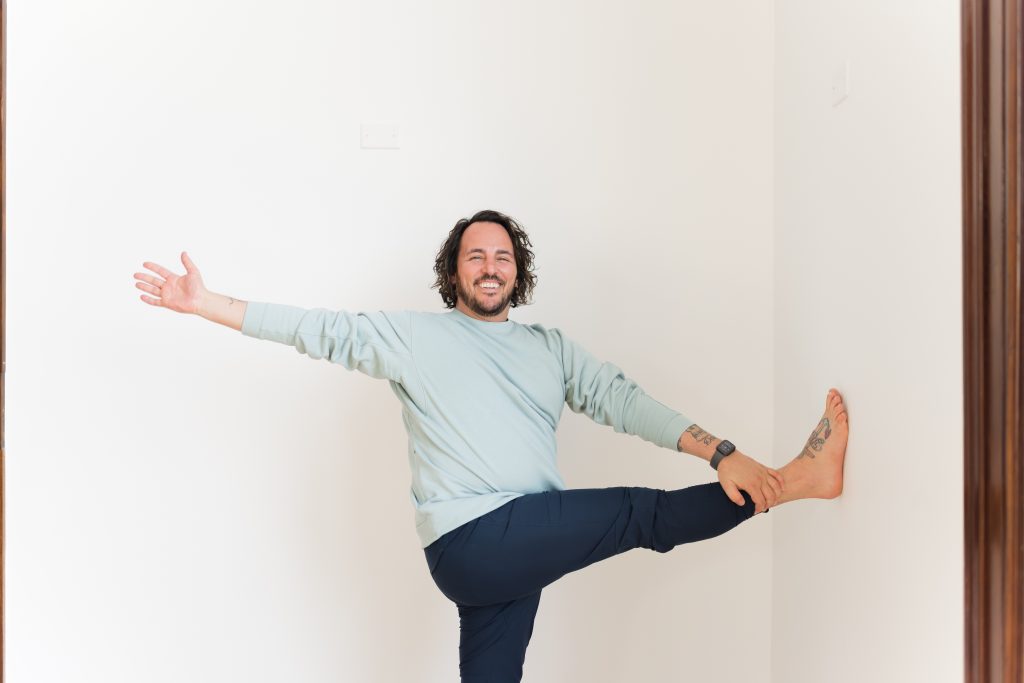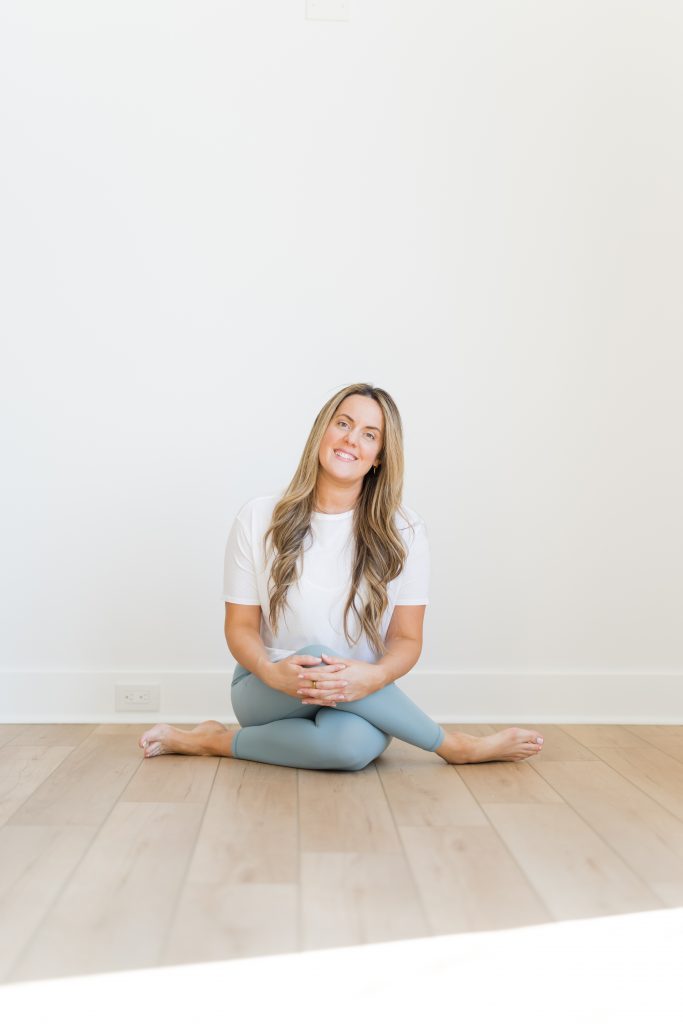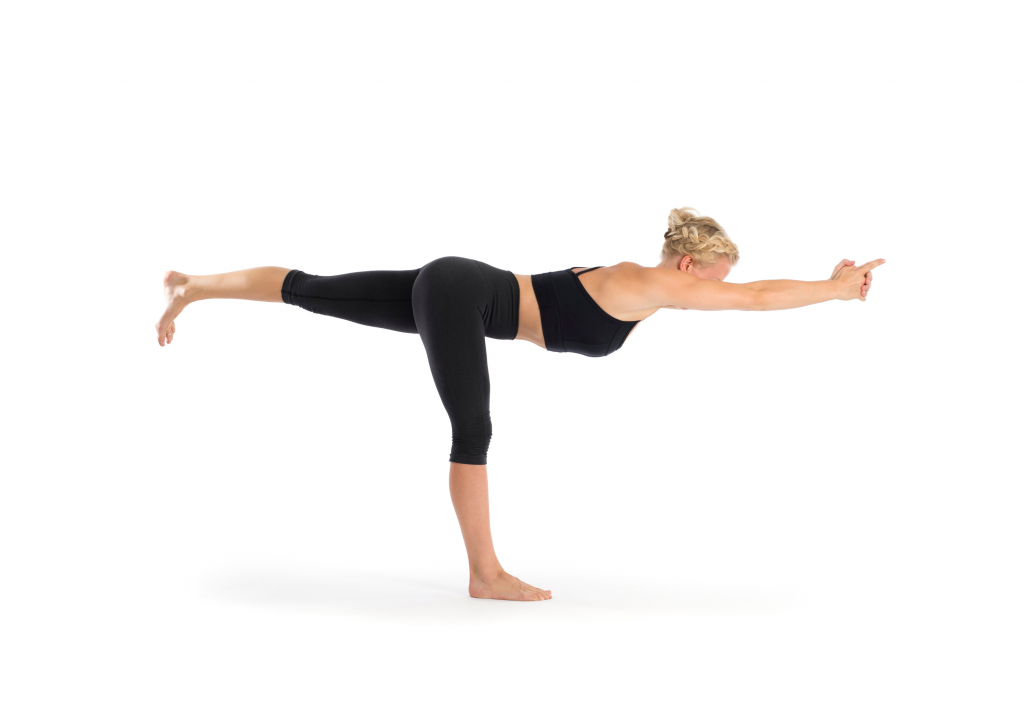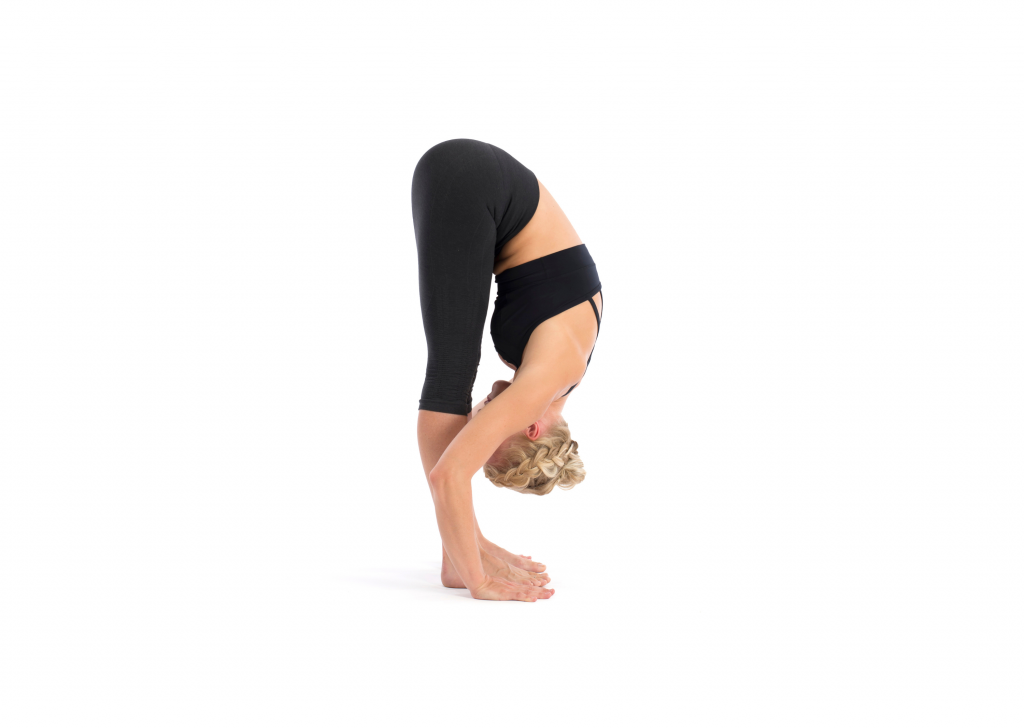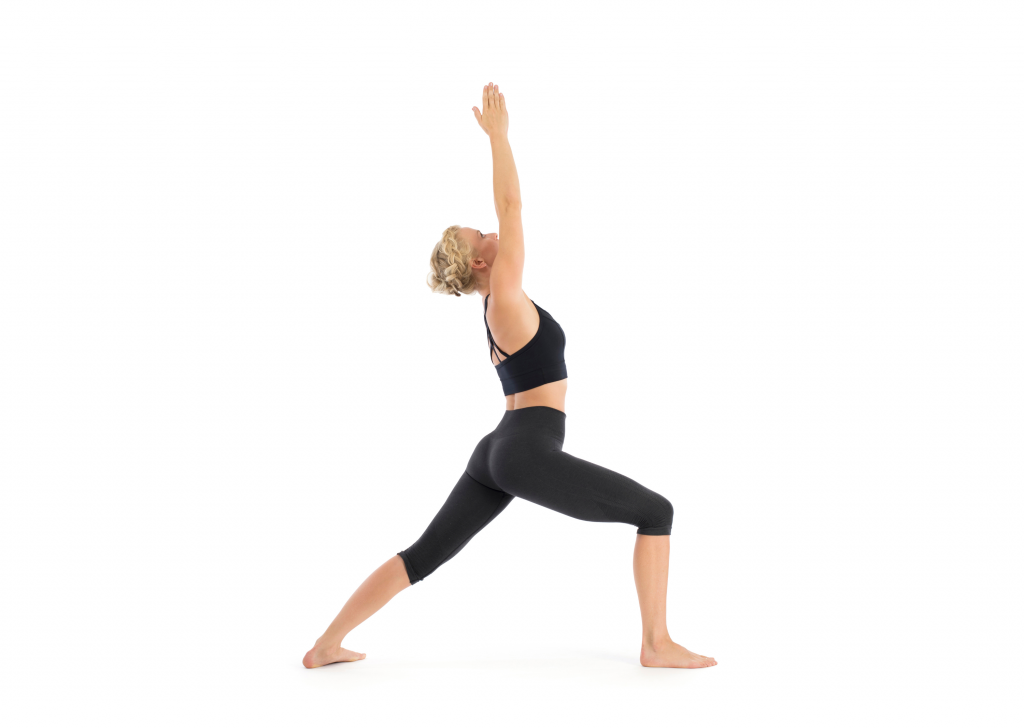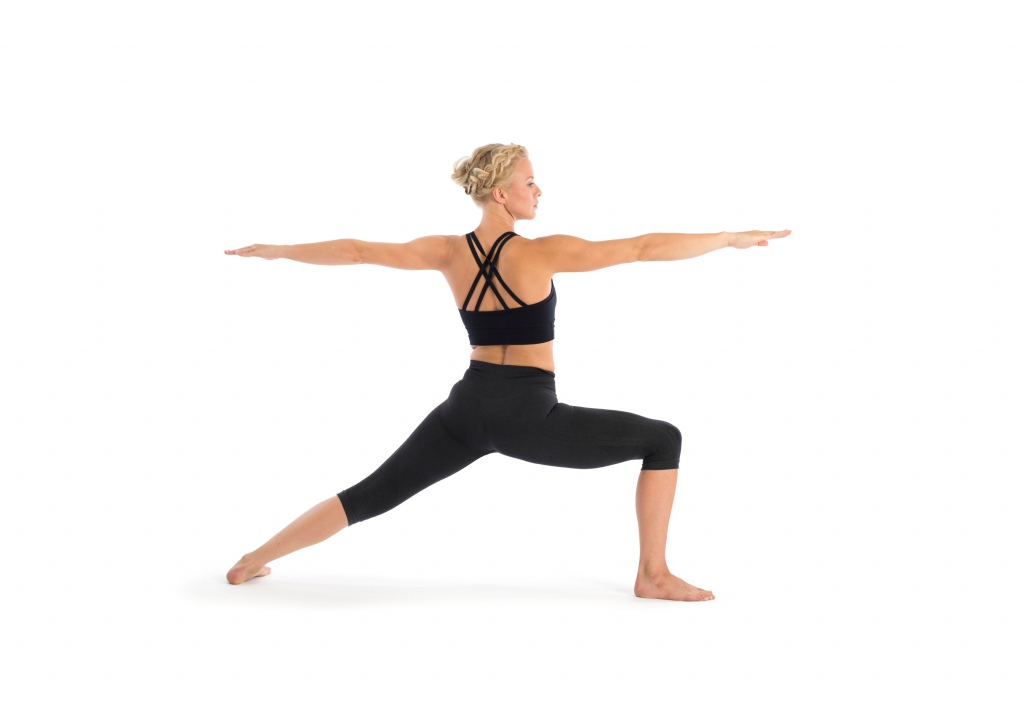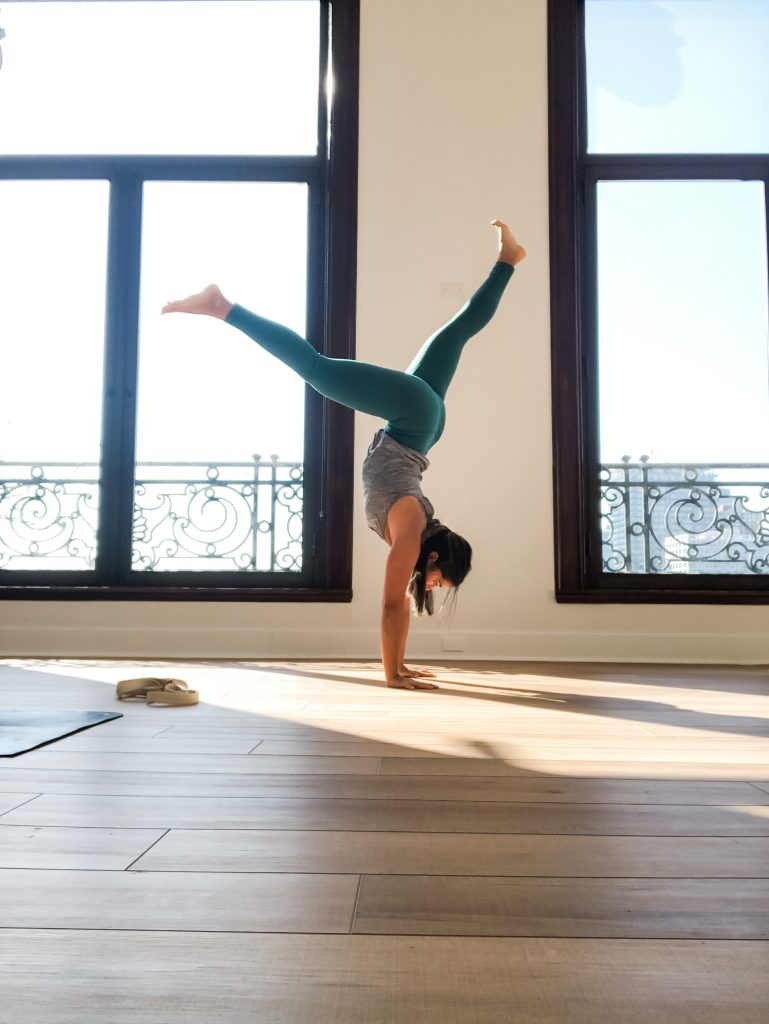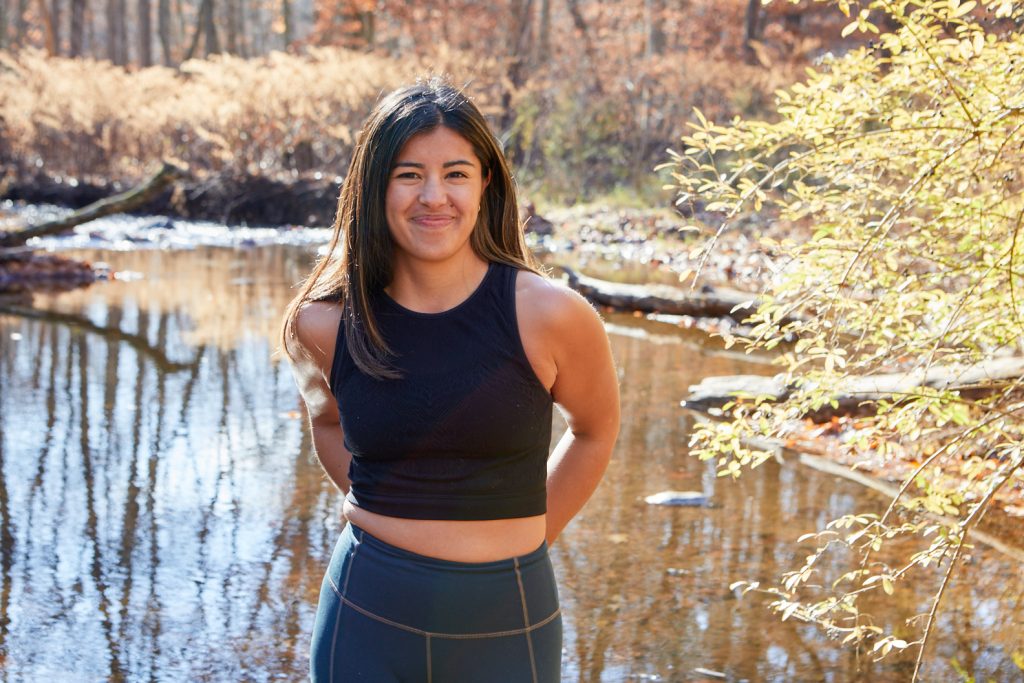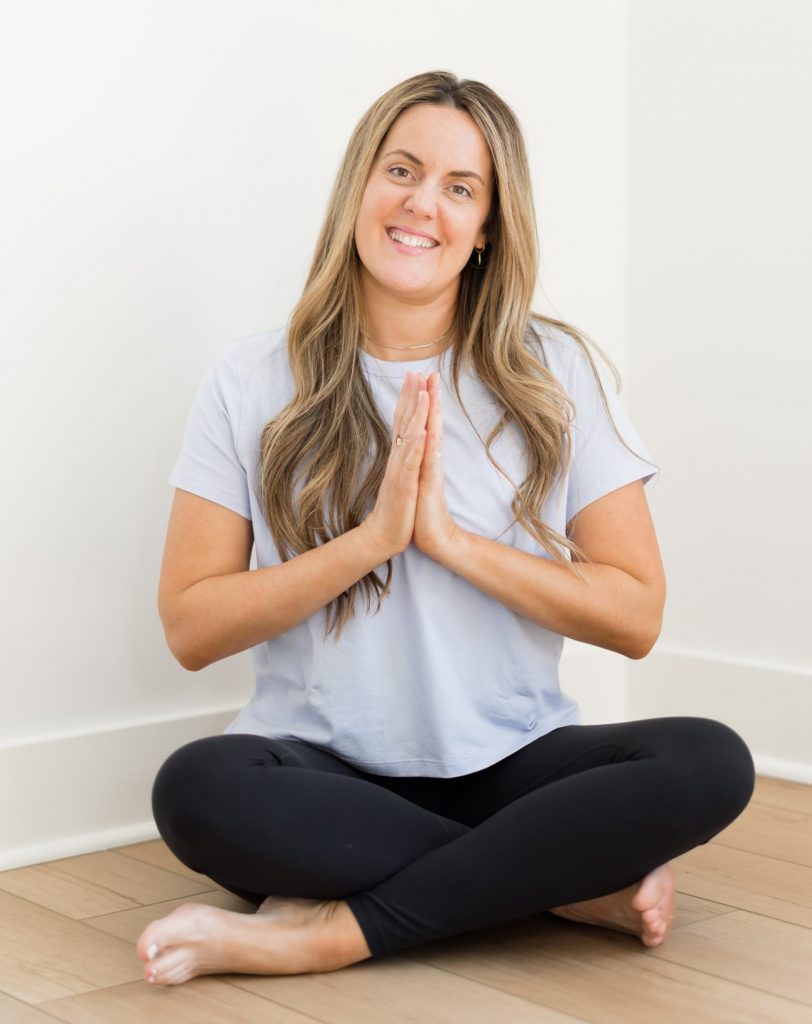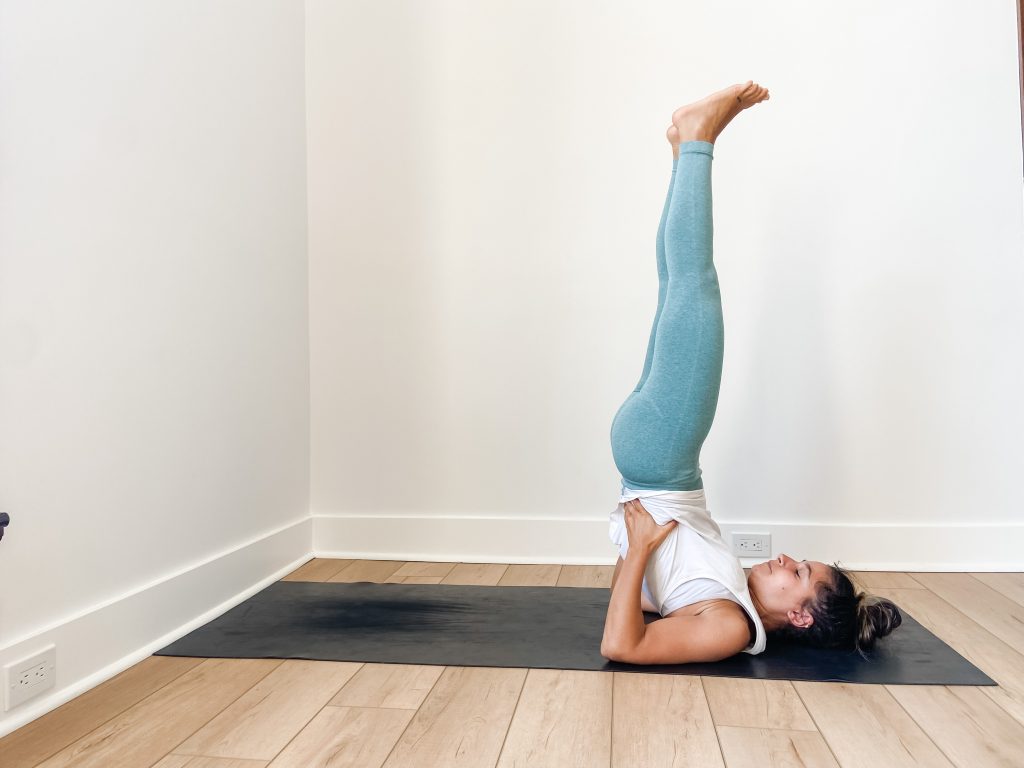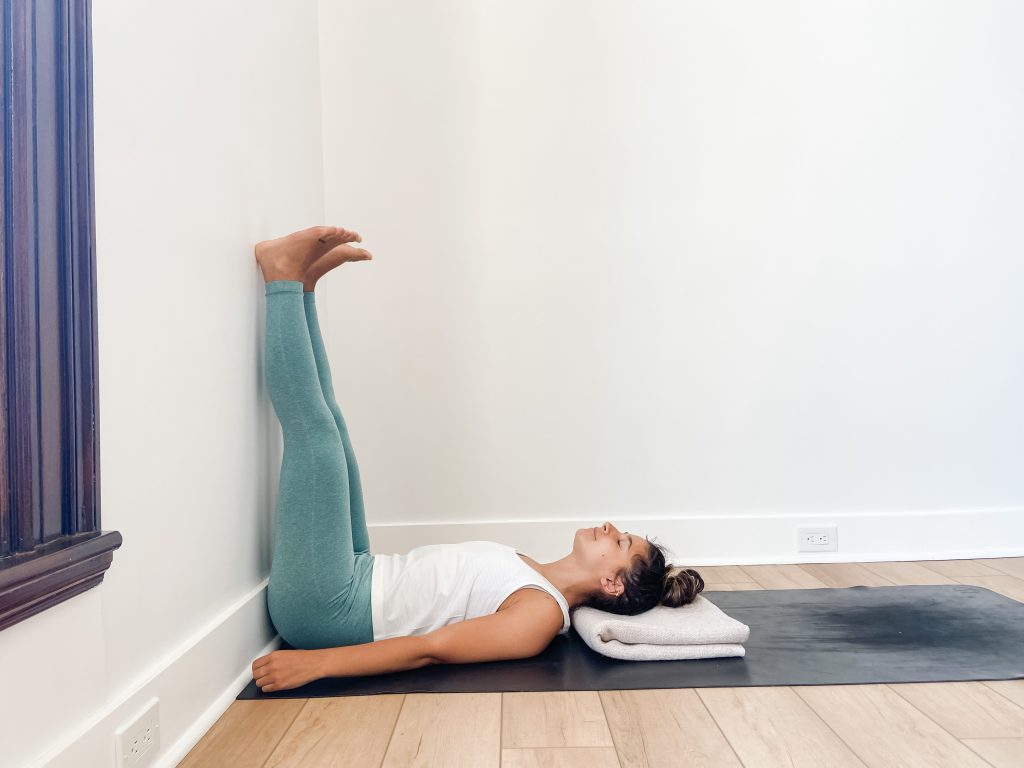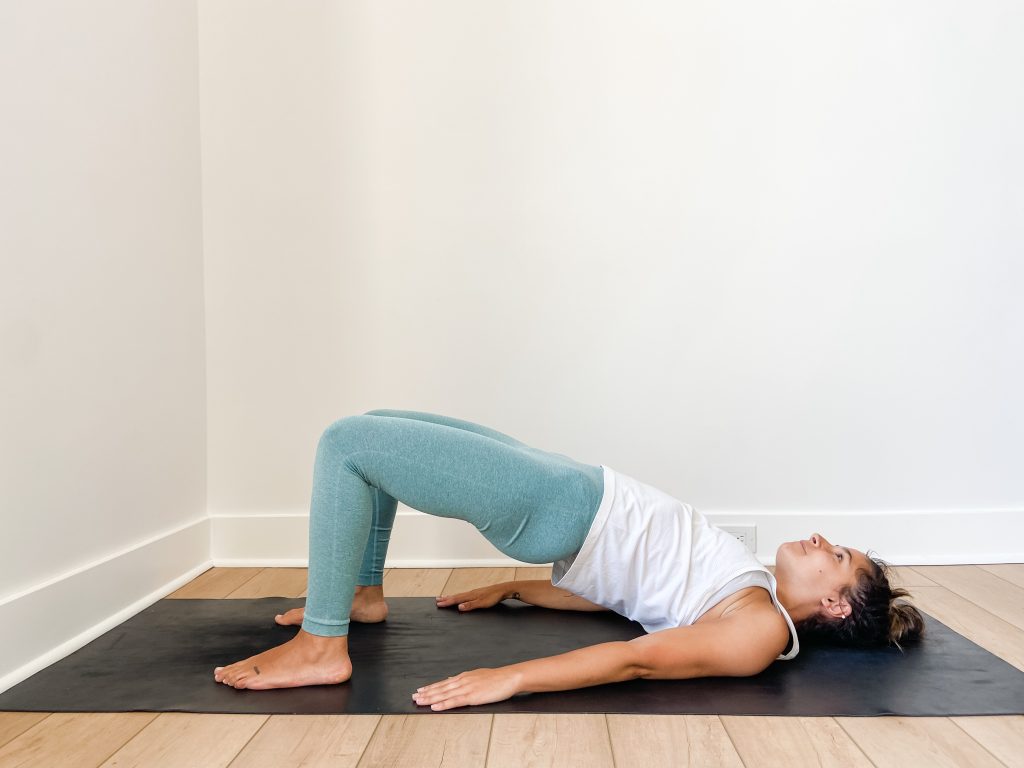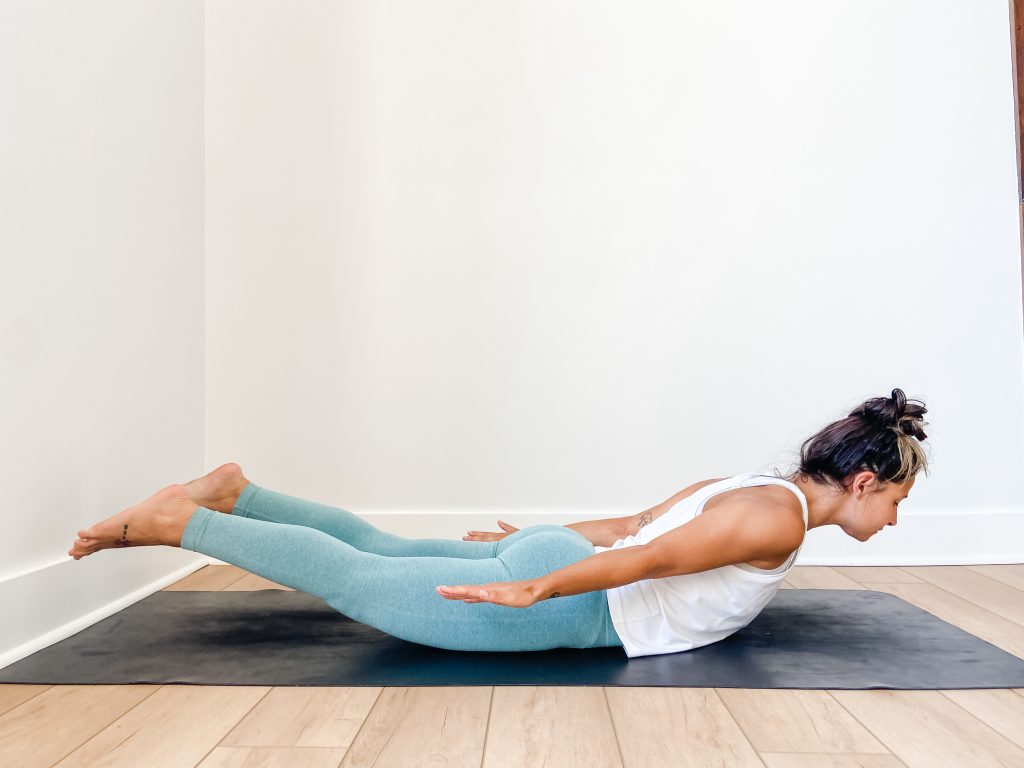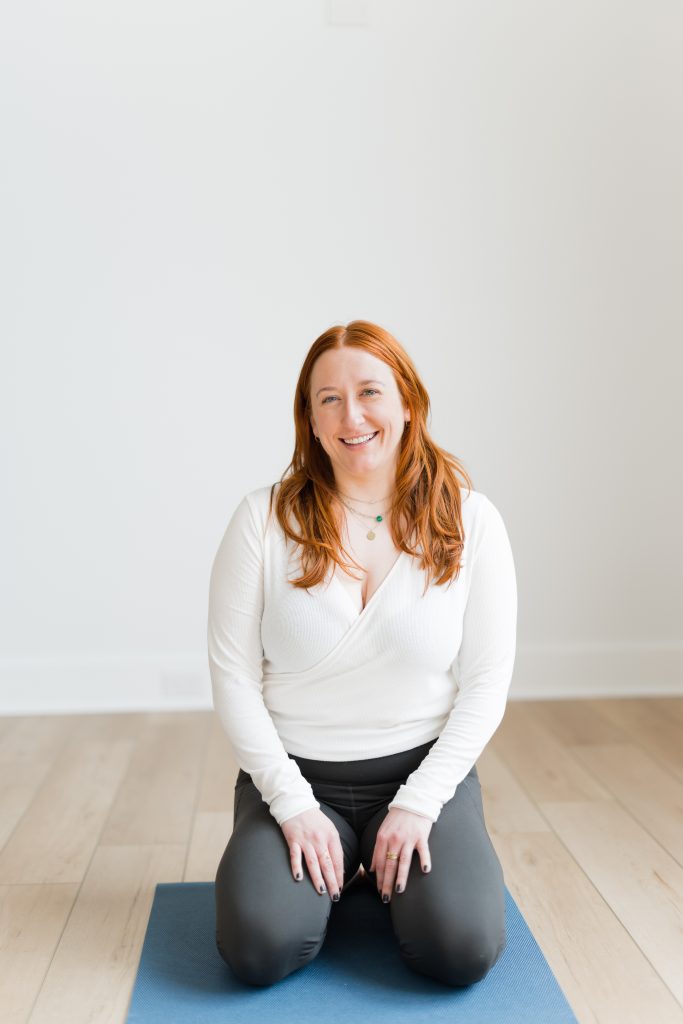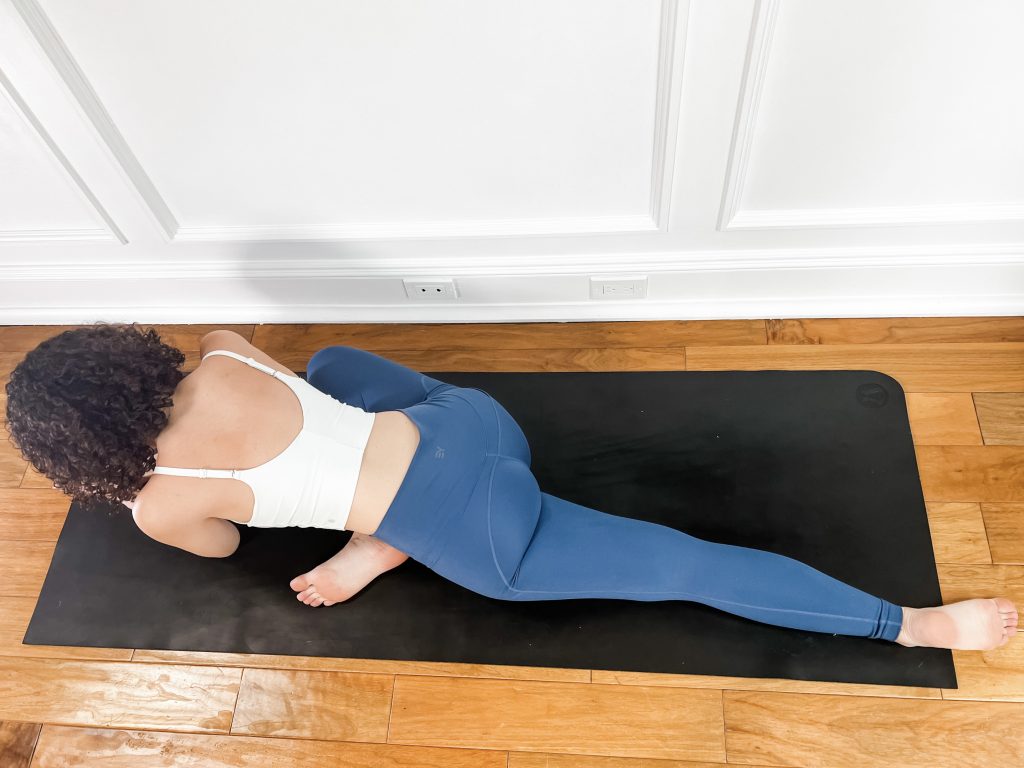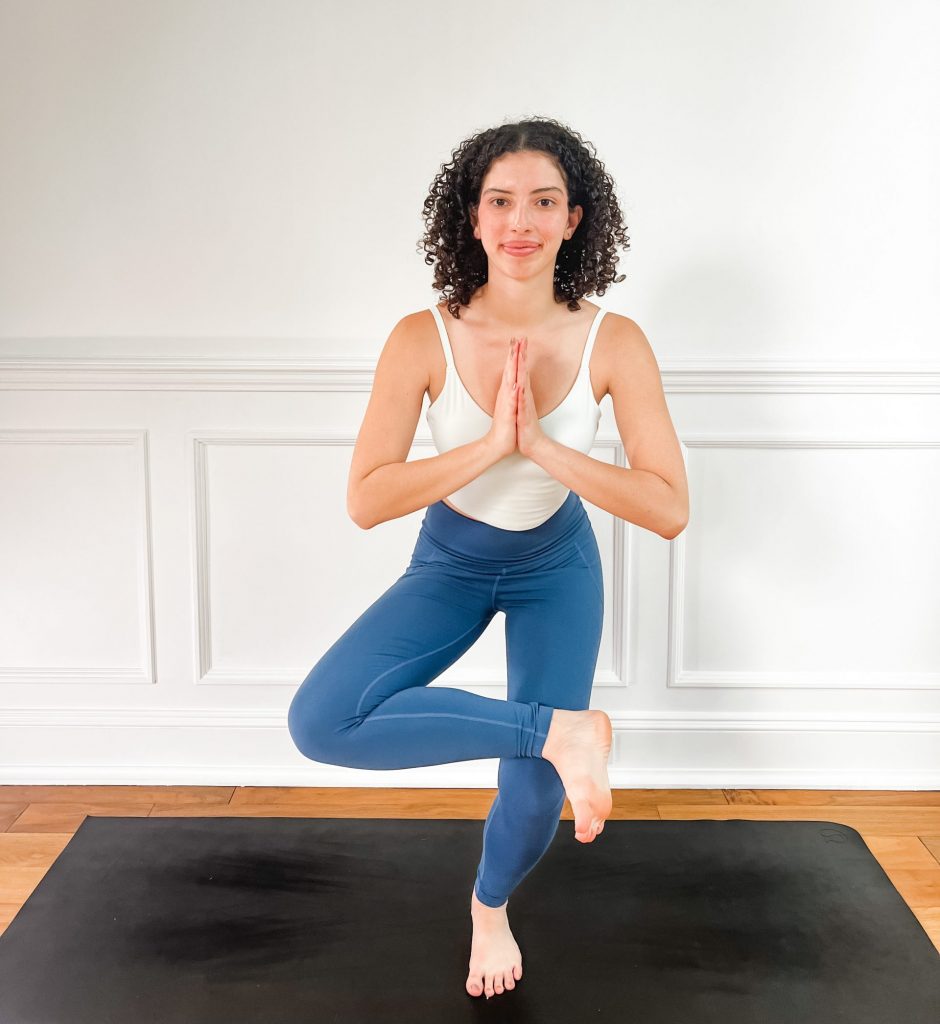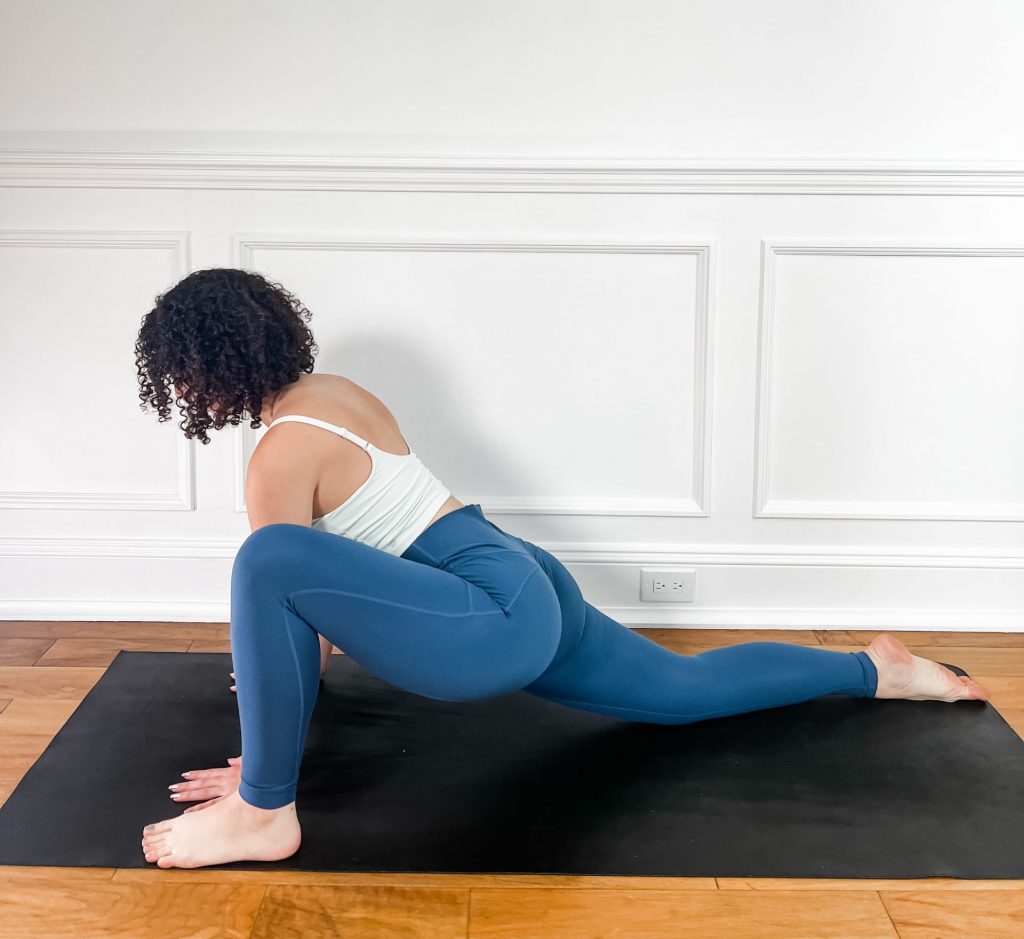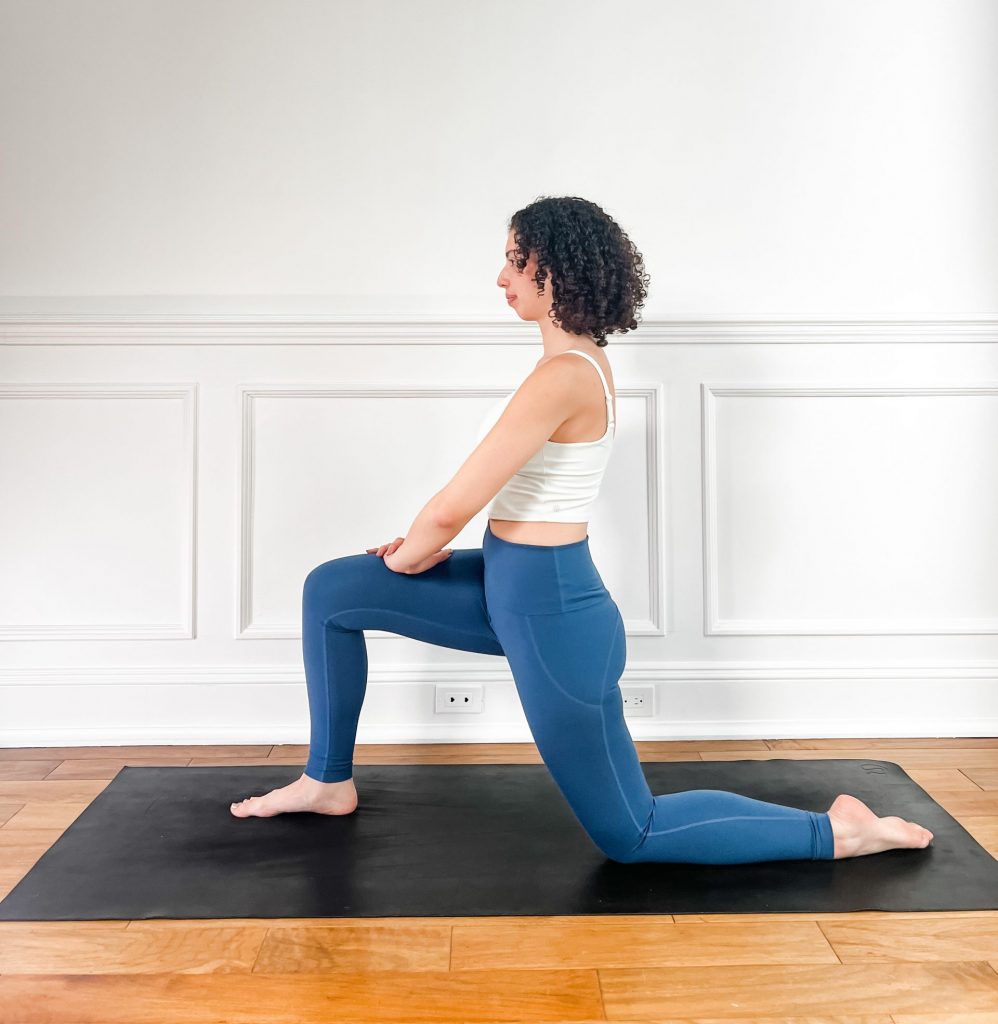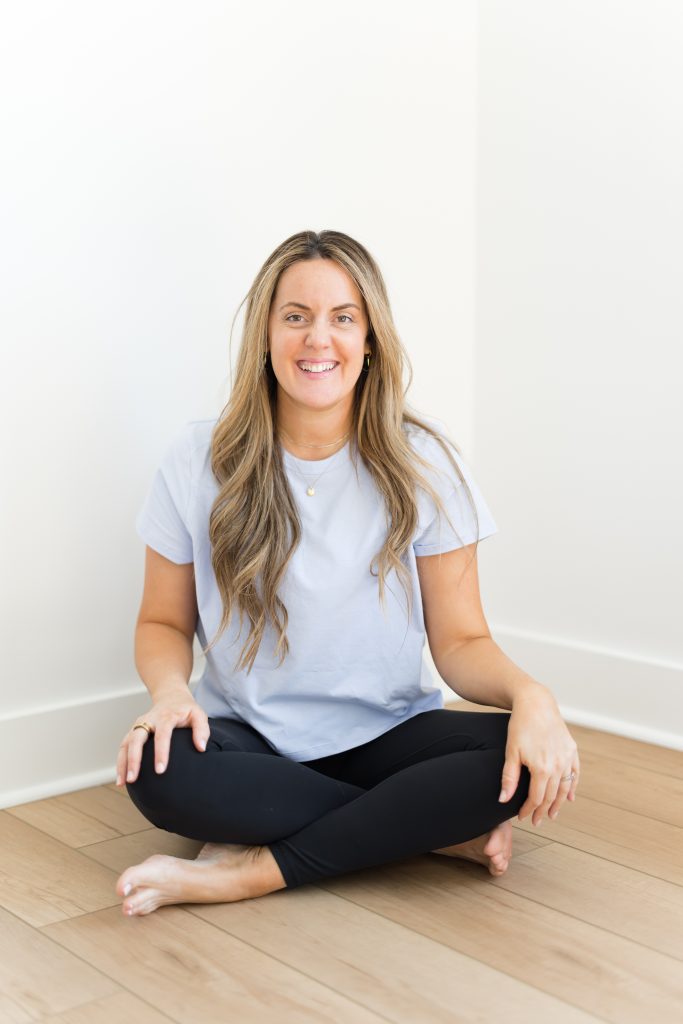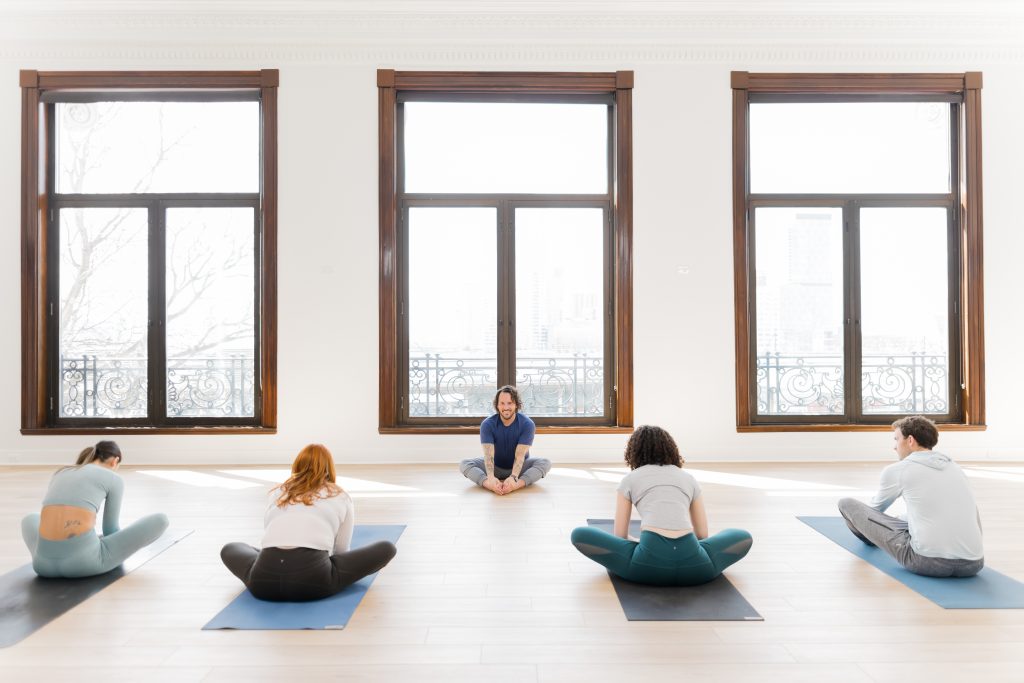
There are times throughout the year where subs are very common — particularly holidays and summertime! These are two instances where you can pretty much count on an opportunity to sub for another yoga teacher. As a new teacher, it can be daunting, if not straight up scary, to sub for a senior teacher.
Senior teachers are typically known within the studio’s yoga community, they’ve been around for multiple years, and they often have a group of loyal students. They also tend to have desirable time slots, people who are committed to those time slots, and (in my experience) the students “tend” to have at least some experience with yoga.
5 Tips for Subbing Yoga for a Senior Teacher
Whether the thought of subbing for a long-time teacher freaks you out or amps you up, I do think it’s a topic that’s worth discussing. Read on for 5 tips on how to handle this situation with poise… no matter what!
1. Plan ahead of time
I think it is 100% worthwhile and necessary to plan for every class ahead of time, but particularly if you know you’re going into a situation where you may get easily thrown off or feel a little shaky…it’s a non-negotiable. From your sequence to your cues to your playlist, etc. — you should plan ahead or at least not be surprised by anything. You can use a past sequence that you know was great, you can stick to cues that you’ve used in the past that have led to good results and that feel authentic to you, and you can use a playlist you already know and love! Whether what you’ve planned is new for you or a tried and true, make your decisions ahead of time so you know what you’re doing.
2. Practice
Similar to the tip above, practicing what you are going to teach is ALWAYS helpful and in the beginning of your teaching career I think, NECESSARY. However, when you’re going in to teach a potentially seasoned group of practitioners, or at least a group of practitioners who are accustomed to a certain type of class, it’s vital to not only plan and know your sequence but to fully embody your sequence ahead of time (this can help you execute with poise and authenticity).
When you are teaching from an entirely authentic place, it’s much harder to get thrown off course. This doesn’t mean you may not have to course-correct a little, but you’ll be able to do so from a calm state as opposed to a frantic state.
“People look like they’re not having fun…maybe I should just change the rest of the class.”
Practicing ahead of time can also help you work out some things that don’t flow as well as you had thought on paper.
3. Ground yourself
You can do this in a variety of ways. This could include meditating, practicing, breathing, or listening to music. Do something that can help you to settle your own nervous system.
Remember, your energy is detectable by others and your energy sets the tone for the class.
You don’t have to be the most seasoned teacher to be grounded in who you are and what you’re teaching. Taking a moment or two before class to settle in will help YOU to settle into the present moment. When you are present, making choices at the front of the room become easier, tuning into the energy of the group is possible, and keeping your cool while leading with confidence is apparent!
4. Know your style of teaching
Your style of teaching will change overtime and it will take a little bit to get into a groove with the way you sequence, the playlists you make, and your words before, during, and after your class. You don’t necessarily have to know the teacher you will be forever and ever before teaching a class that may be challenging for you, but knowing and trusting your own sequencing method can help you arrive to the class with confidence.
Knowing the lineage of yoga that your yoga education comes from can also help you root down into the traditions of what you’re teaching and being acquainted with human anatomy can help you share cues like a champion. All of this of course can and will take time! If you’re feeling a little nervous beforehand, try reviewing different types of resources to help you and remember that what you’re teaching is legit, which contributes to a solid foundation from which you’re teaching.
5. Stick with yourself
When teaching an unfamiliar group of students, it can be easy to abandon yourself in terms of the way you deliver a class. It can be easy to change your plans because you are scared that people won’t like you or because you may think you know what they want…and what they want is not what you’re delivering. It is true that not everyone will like you and not everyone will enjoy what you have to offer, but if you show up to share in your style and from your heart in an intelligent and safe manner, I guarantee you that some people will be very pleasantly surprised and you will have gained some new students for yourself!


